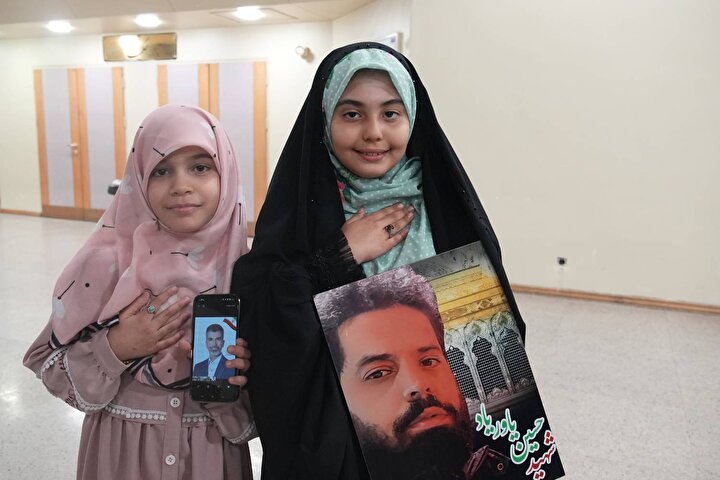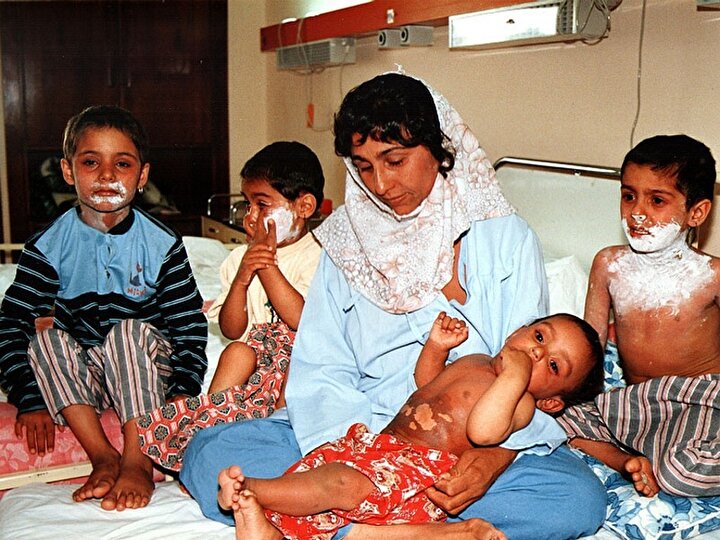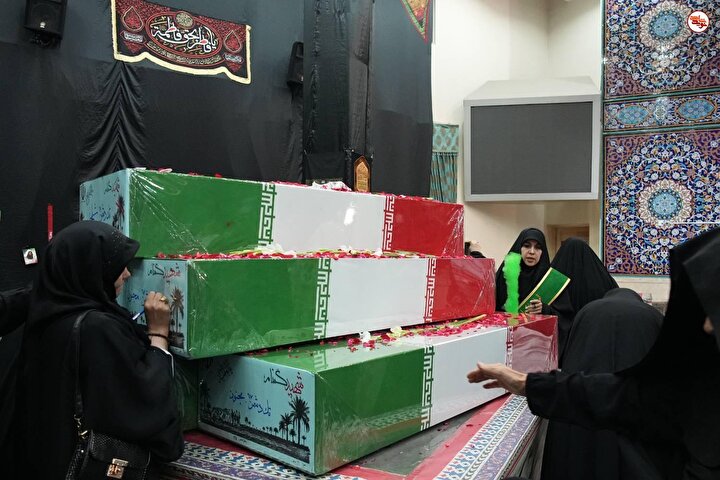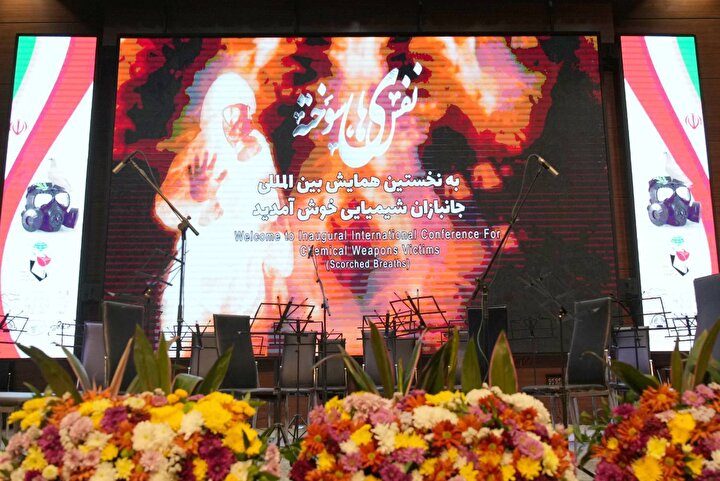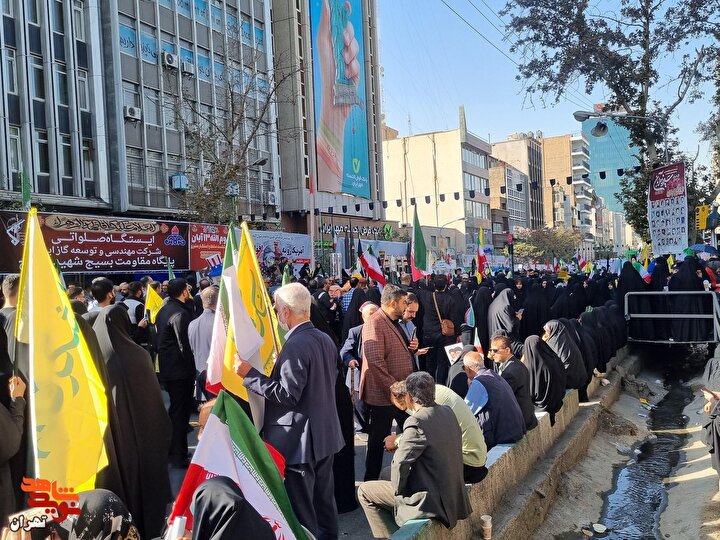"Mardane Mahtab (Moonlight Men)" and Anonymous jihadists
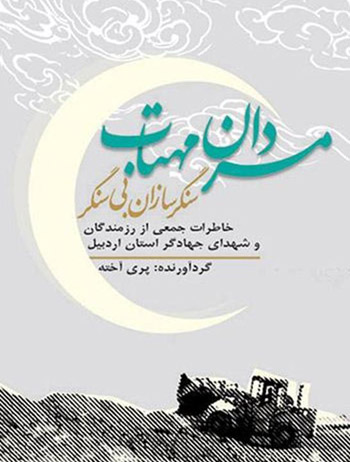
‘They went with the warriors in operations and after the operations they took hold clearing the region, repairing equipment and constructing fortifications to prevent counterattacks. They were youth of Jihad of Construction (in Persian جهاد سازندگی Jahād-e Sāzandegī) who were also known by the name Sangarsazan Bisangar (without stronghold trench makers). The book "Mardane Mahtab"[1] portrays activities of this group of jihadists (especially for jihadists of Ardabil province) during the eight years of the sacred defense. Book is formulated in the form of memory.
Subject of memories
In general, the memories of "Mardane Mahtab" are divided into three categories of memories of the revolution, jihadist efforts in rural areas and their activities on the war fronts.
Part of the book is about the revolution. Ghader Esmaeilnezhad, one of the jihadists, says memory of this period: "In the days of the revolution, guided by clergies, people marching in the village. When Bakhtiar became Prime Minister, villagers marched to Fakhrabad ...." (P. 27)
In the book "Mardane Mahtab" Some memories are also about jihadi activities in rural areas. Abbas Beigmohammadvand in part of his memoirs mentions it: "Jihad with conviction and heart was serving the villagers. Wherever we went we improved there. We formed in the village Islamic Councils. Livestock and poultry were vaccinated. Carpets and rugs Knitting has been agreed in principle and steps to improve the situation of the villagers were taken one after another. "(Page 37)
In a memory of Asghar Partovi, jihadist efforts, along with the warriors are described "jihadists went alongside Islamic forces and, in some cases they went ahead of them in operation. Drivers of trucks, loaders and bulldozers made their selfless efforts under intense enemy fire, as in this way the best and the most skillful forces were martyred." (Page 43)
Alighanbar Kuhi has also a memory in this subject, "we would make shelter (bunker), constructed roads or dams. During the time which I was in the front I see every day people were martyred who few hours ago we had confided together, we had laughed or cried together. The guys who because of striking a mortar on the loader or grader not only were died, but their bodies were powdered...." (P. 97)
Book sections
"Mardane Mahtab" is set in two parts of "Memories of Some Ardabil Jihad Warriors" and "Memories of Some Ardabil Jihadist Martyrs". In the first part, at any memory, there is a brief introduction contains the name, surname, date of birth, father's name and place of birth memory teller. People, in their related parts, offer a short biography and express their memories.
The second part of the book that is " Memories of Some Ardabil Jihadist Martyrs", it is a short biography of each martyr in which at the beginning there is provided shortly some information such as name, surname, father's name, date of birth, birth place, date and place of martyrdom rather than being related to the field of reminiscence. In this part, photos of the martyrs are located along with their biographies.
"Mardane Mahtab" includes 15 memories of the Jihadist warriors and 28 of the jihadist martyrs of Ardabil.
Operations
Operation Karbala 8 (pp. 30, 42), Operation Dawn 10 (p. 31), Operation Khyber (p. 44), offensive Operation Moslem Ibn Aghil (p. 50), Operation Before the Dawn (p. 62) and Operation Dawn 4 (p. 62), are some of the operations that are been spoken in this book.
